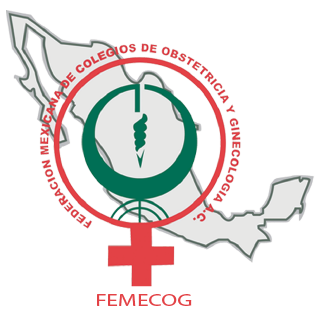Abstract
OBJECTIVES: To determine the prevalence of fetal macrosomia and its risk factors, and to describe complications in newborns.
MATERIALS AND METHODS: Observational, cross-sectional and retrospective study carried out based on the information registered in the perinatal computer system of Hospital Vitarte. Single births, at term, attended between the months of January 2010 and December 2014 were included and newborns were excluded. For the univariate and bivariate statistical analysis, χ2 and Student's t were used for p < 0.05 and bivariate and multivariate logistic regression for odds ratio with 95% CI; the SPSS 23 program was used.
RESULTS: The study sample was 16,060 newborns and the prevalence of fetal macrosomia was 8.1% (1298 of 16,060) with 95%CI of 8,075-8,086%. The risk factors identified for fetal macrosomia were: obesity (OR: 2,762; CI95%: 2,370-3,220), post-term (OR: 2,818; CI95%: 1,201-1,615), overweight (OR: 1,806; CI95%: 1,552-2,102). Multiparity (OR: 1,393; 95%CI: 1,201-1,615) and male sex (OR: 1,556; CI95%: 1,382-1,752). In relation to the complications, it was found that the Apgar low to the minute and the caesarean section were more frequent in macrosomic than in non-macrosomic ones.
CONCLUSIONS: The prevalence of fetal macrosomia in Hospital Vitarte is found in the world average; Its main risk factors are modifiable, and the complications are preventable. It is suggested to improve gestational and pre-gestational interventions to achieve efficiency and repercussions in the prevention of fetal macrosomia.
KEYWORDS: Fetal macrosomia; Prevalence; Risk factors; Multiparity; Obesity; Overweight.


